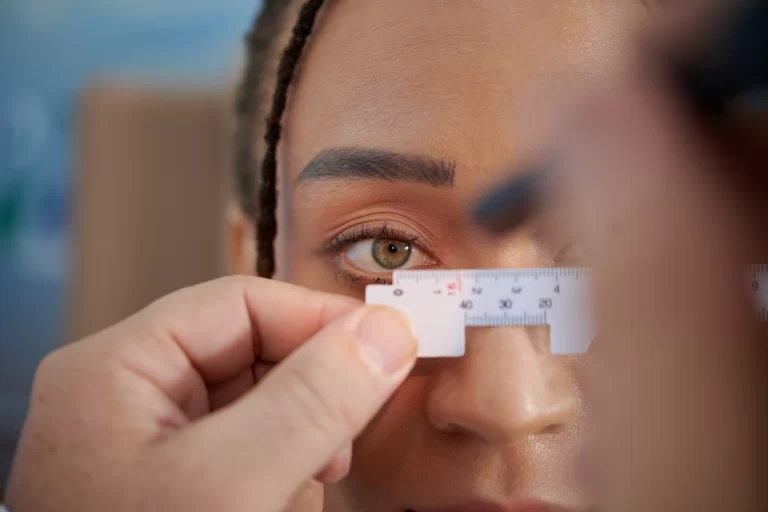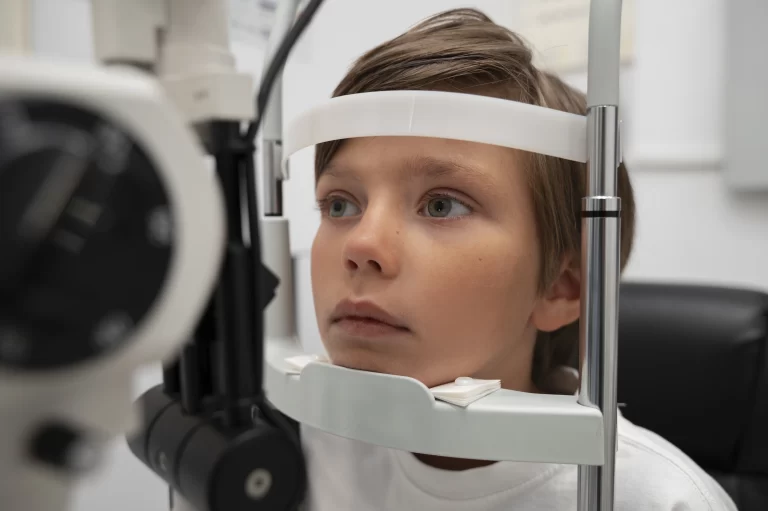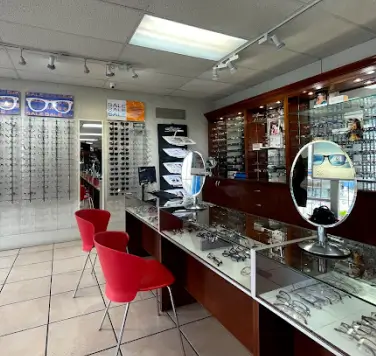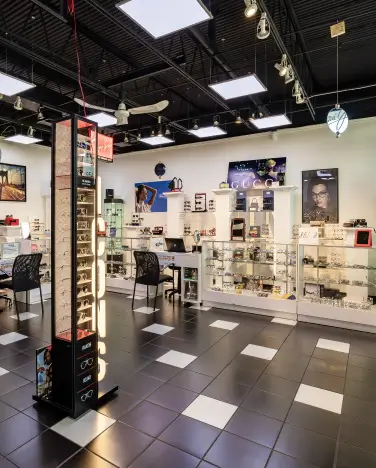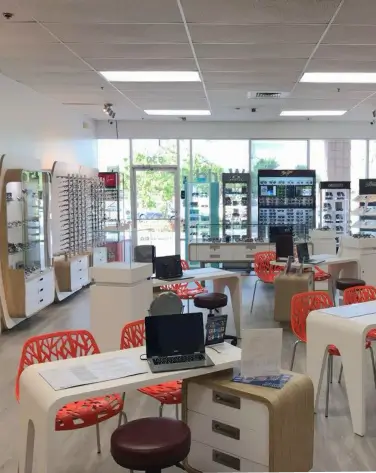Progressive Lenses vs Bifocals: Understanding the Difference
If you’re struggling to see both up close and at a distance, you might be considering progressive lenses vs bifocals. Both options help correct presbyopia (age-related difficulty focusing on near objects), but they work in different ways.
en Elio’s Optical, we help patients choose between progressive vs bifocal lenses based on their lifestyle, vision needs, and comfort preferences.
What Are Bifocal Lenses?
Bifocals are traditional lenses with two distinct vision zones:
Upper section – For distance vision (e.g., driving, watching TV).
Lower section – For near vision (e.g., reading, using a phone).
The visible line separating the two zones is a hallmark of bifocals vs. progressive lenses. While they effectively correct vision, some wearers find the sudden transition between distances uncomfortable.
Pros of Bifocals:
- Affordable compared to progressive lenses.
- Immediate clarity for near and far vision.
- No distortion in peripheral vision.
Cons of Bifocals:
- Noticeable dividing line on the lenses.
- No correction for intermediate vision (e.g., computer screens).
- Sudden image jumps when switching focus.
What Are Progressive Lenses?
Progressive lenses provide a smooth transition between multiple vision zones:
Top section – For distance vision.
Middle section – For intermediate vision (e.g., computer screens).
Bottom section – For near vision (e.g., reading).
Unlike bifocals, progressive lenses don’t have a visible line, making them more natural to use and aesthetically pleasing.
Pros of Progressive Lenses:
- Seamless vision adjustment without abrupt transitions.
- No visible lines, offering a more youthful look.
- Better for digital device use (intermediate vision is clearer).
✖ Cons of Progressive Lenses:
- Higher cost compared to bifocals.
- Takes time to adapt to the progressive shift.
- Peripheral distortion may occur during the adjustment period.
Progressive Lenses vs Bifocals: Which One Should You Choose?
Choose Bifocals If:
You need a budget-friendly solution.
You don’t mind the visible lens line.
You primarily need distance and near vision correction (not intermediate).
Choose Progressive Lenses If:
You want a natural, seamless transition between vision zones.
You need clear intermediate vision for working on screens.
You prefer modern, line-free lenses for aesthetics and comfort.
en Elio’s Optical, we help you find the perfect lenses based on your vision needs and daily activities.
How to Adjust to Progressive Lenses Faster
If you choose progressive lenses, it may take a few days to fully adapt. Here’s how to speed up the process:
Wear them all day – Switching between glasses can slow down the adjustment period.
Move your head, not just your eyes – This helps you naturally adjust to different vision zones.
Practice looking through the middle section – This will improve intermediate vision, especially for screens.
Be cautious when walking – The lower section can make the ground appear closer than it is.
If you experience discomfort beyond two weeks, visit Elio’s Optical for a professional adjustment.
Find the Right Lenses at Elio’s Optical
Still debating bifocals vs. progressive lenses? Our experts at Elio’s Optical can guide you through the selection process, ensuring you get the best lenses for clarity, comfort, and style.
📅 Schedule an appointment today and find the perfect lenses for your lifestyle!
Book Your Eye Exam Now!


